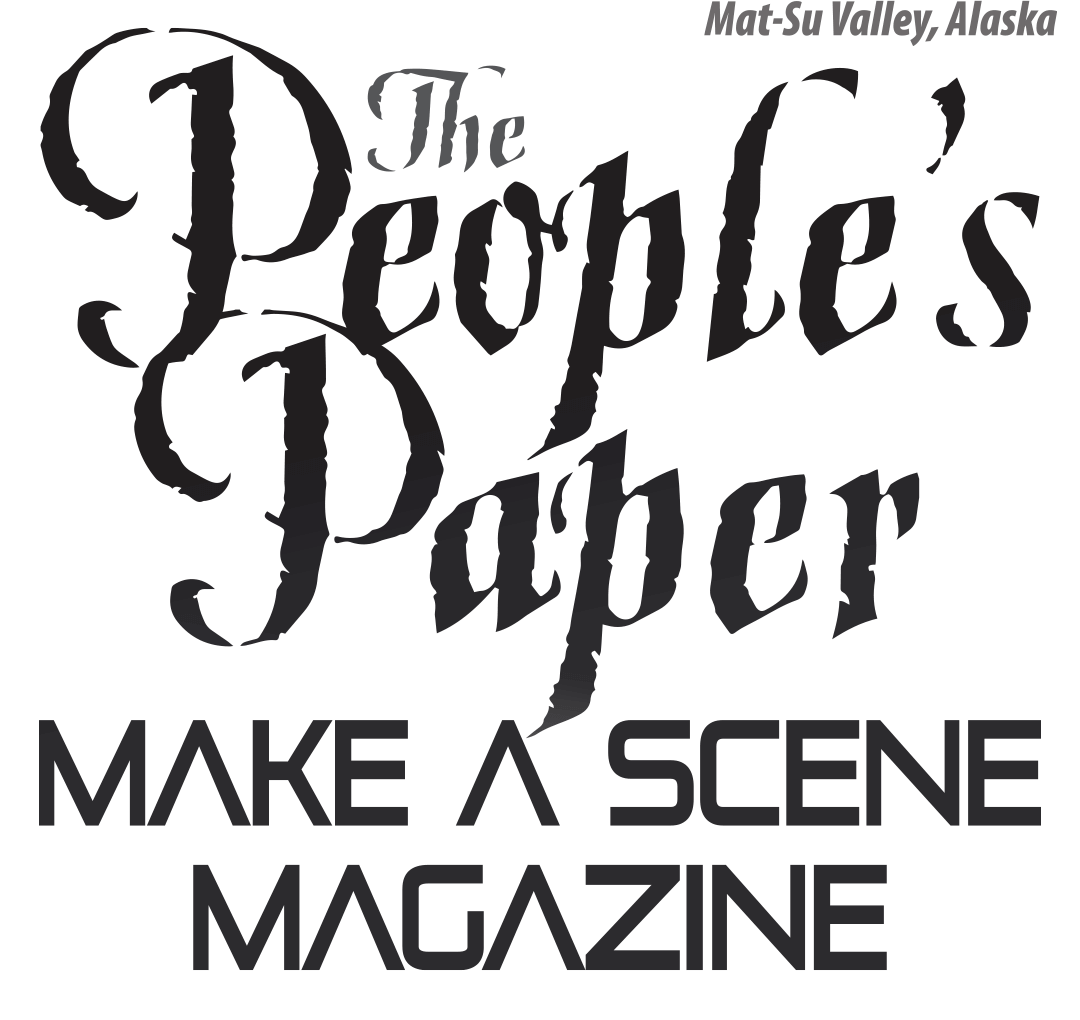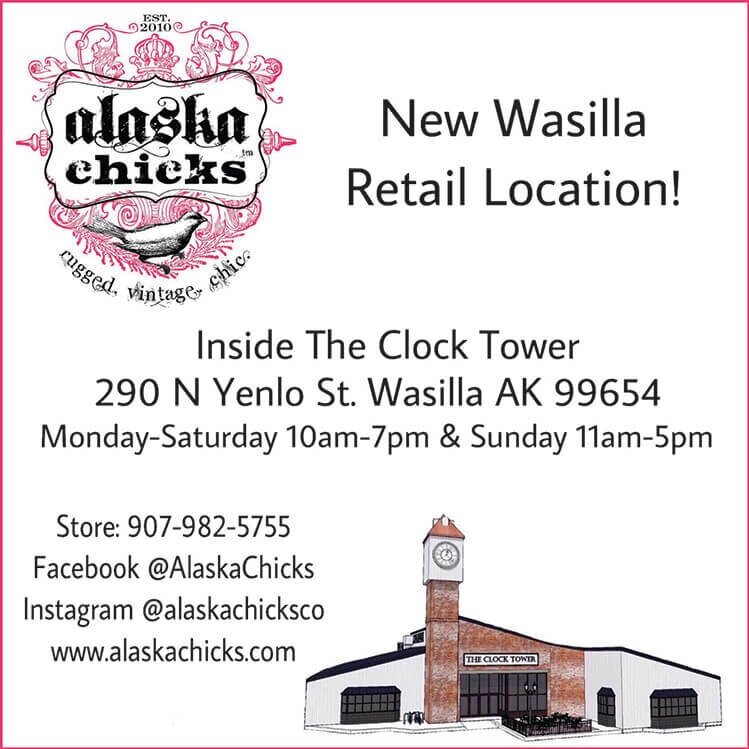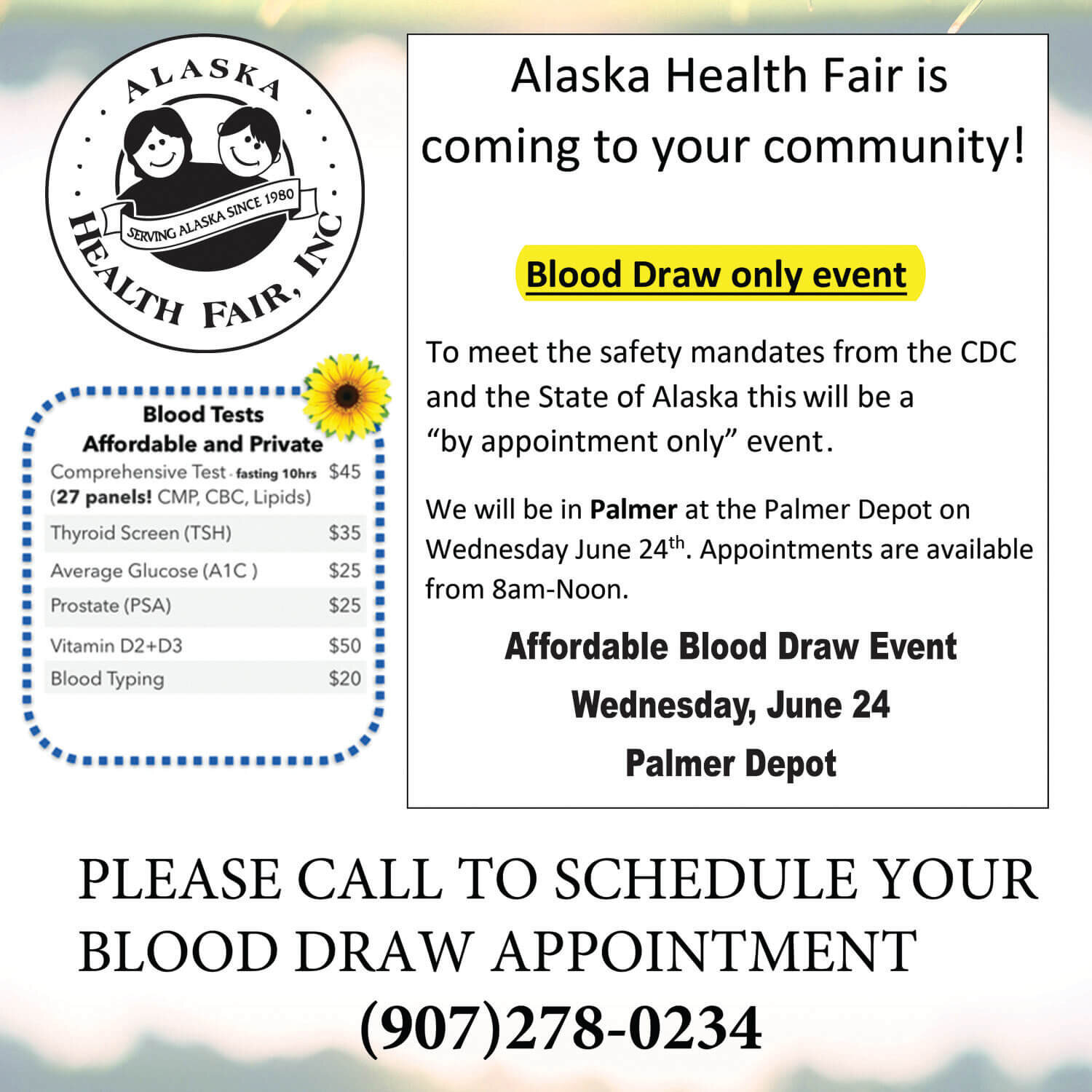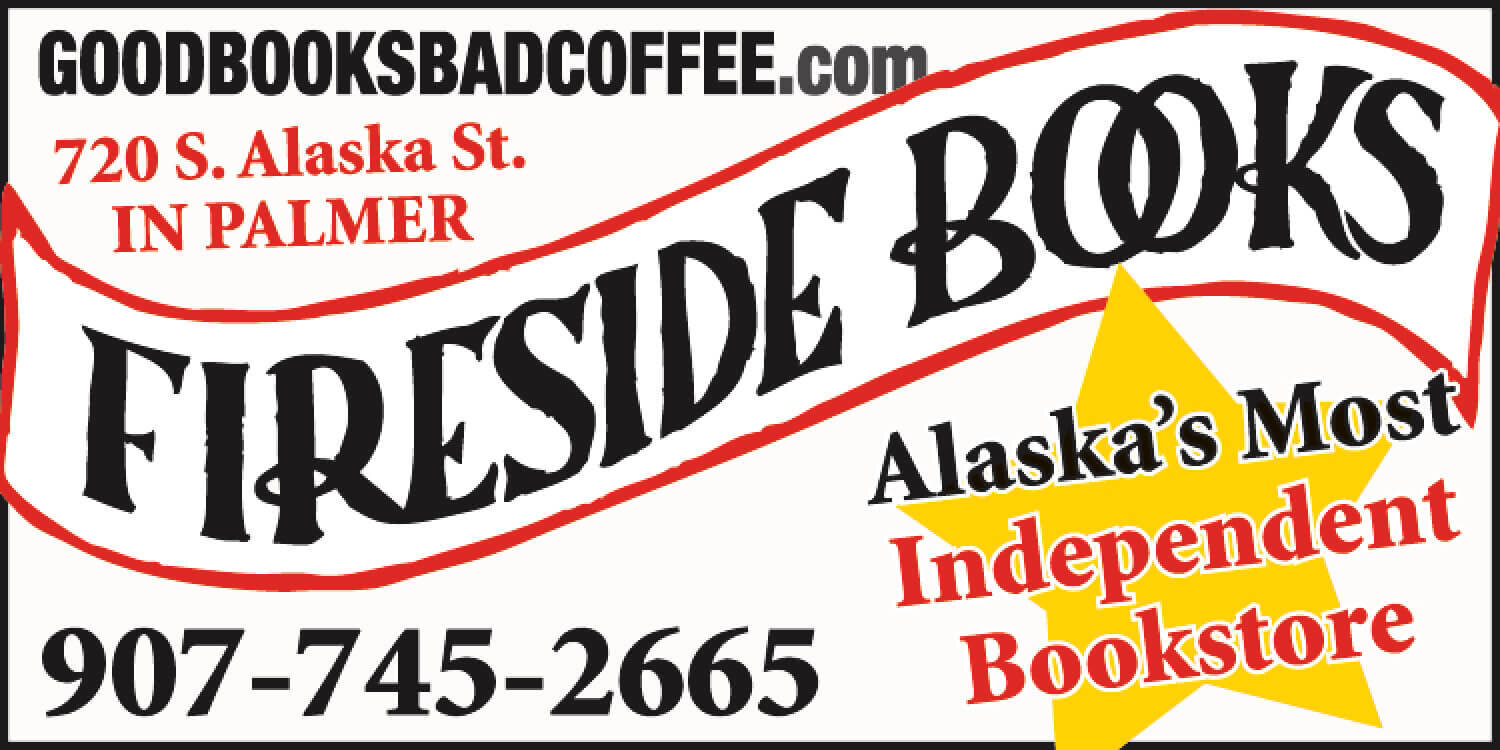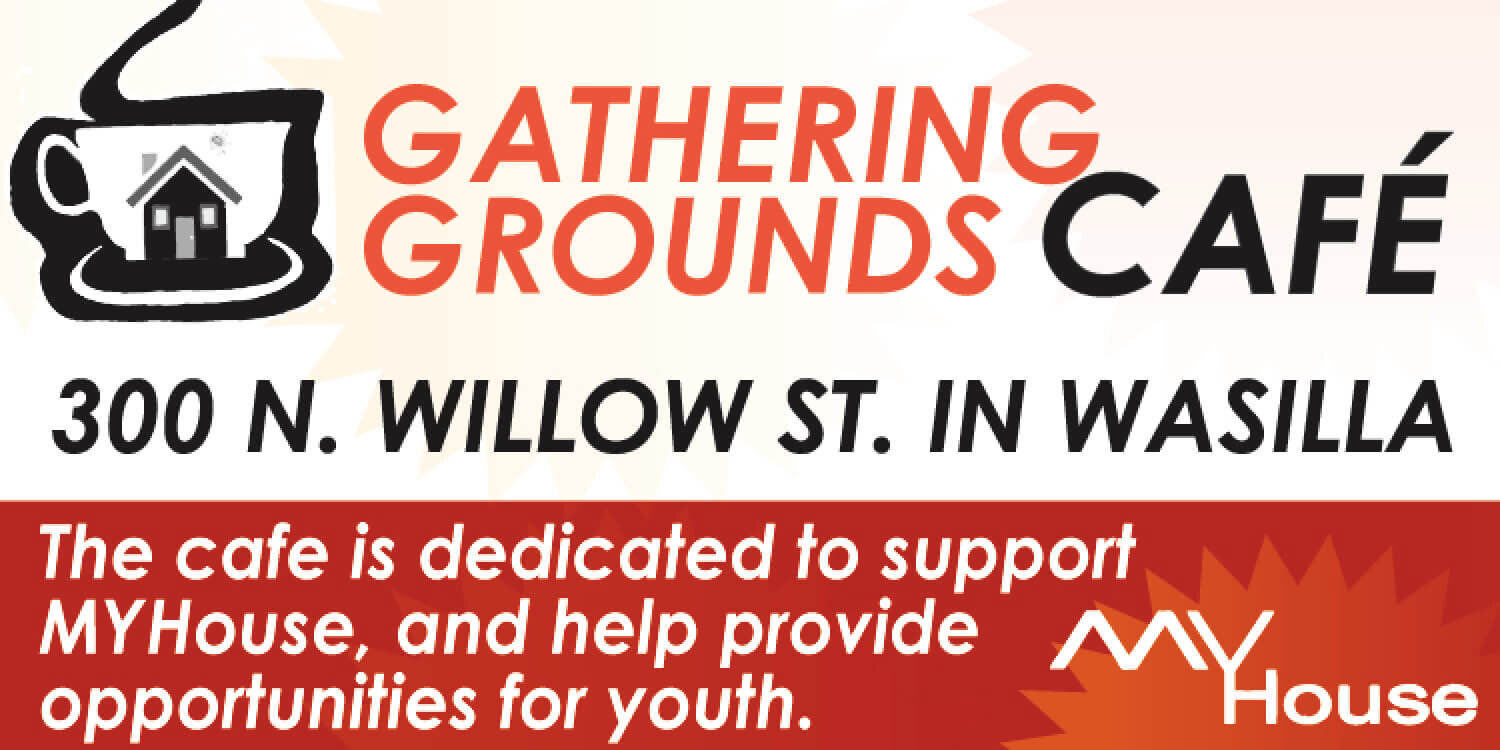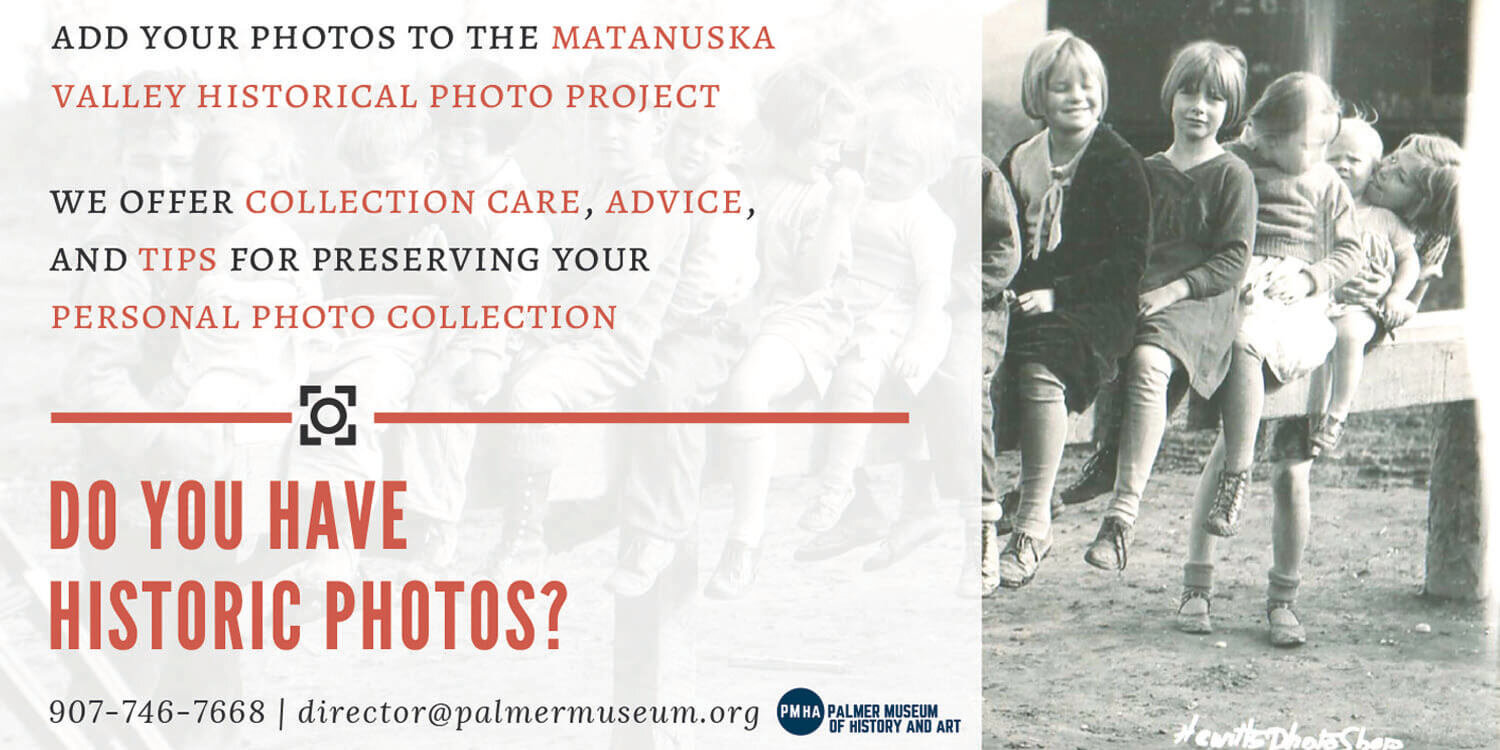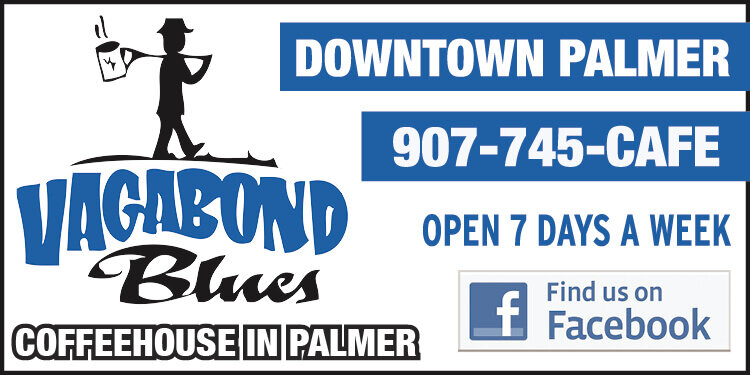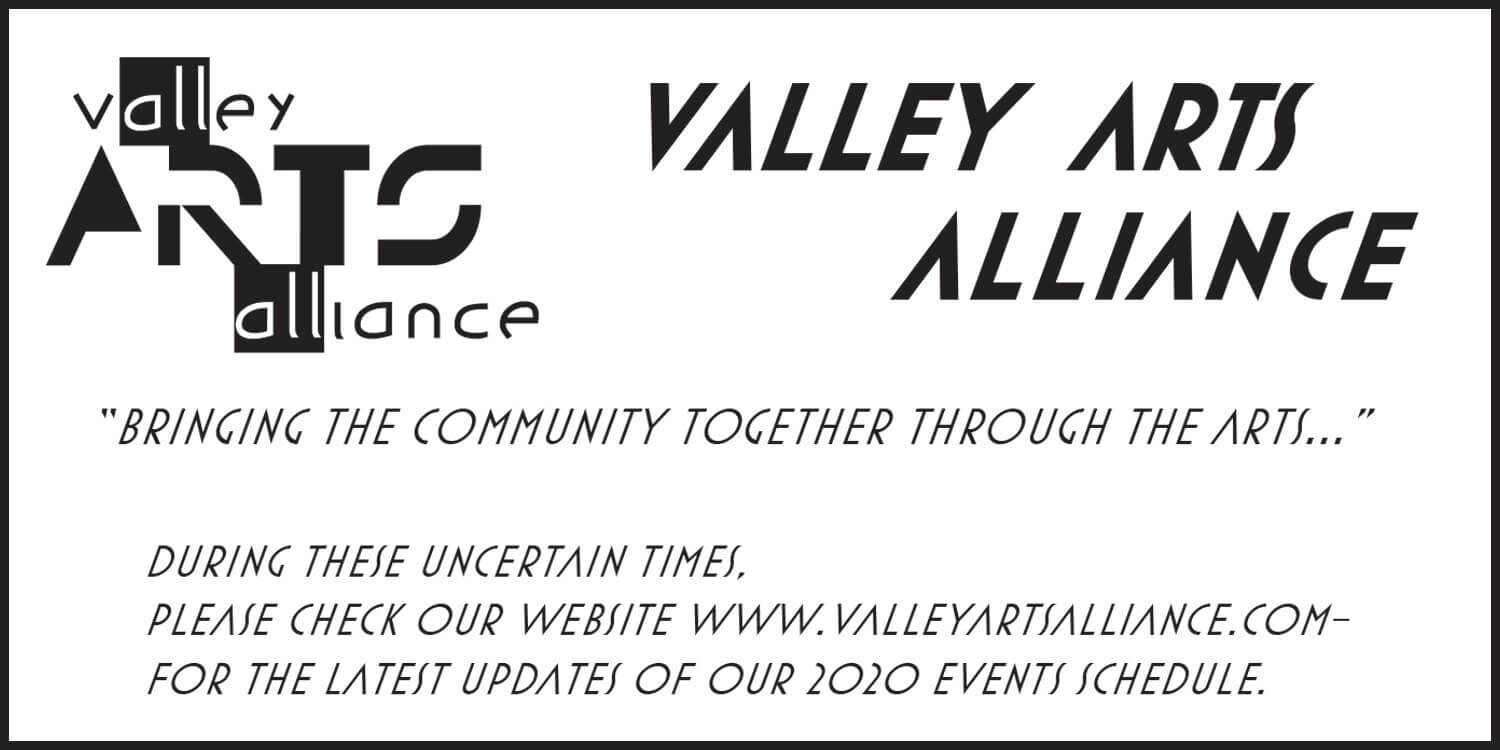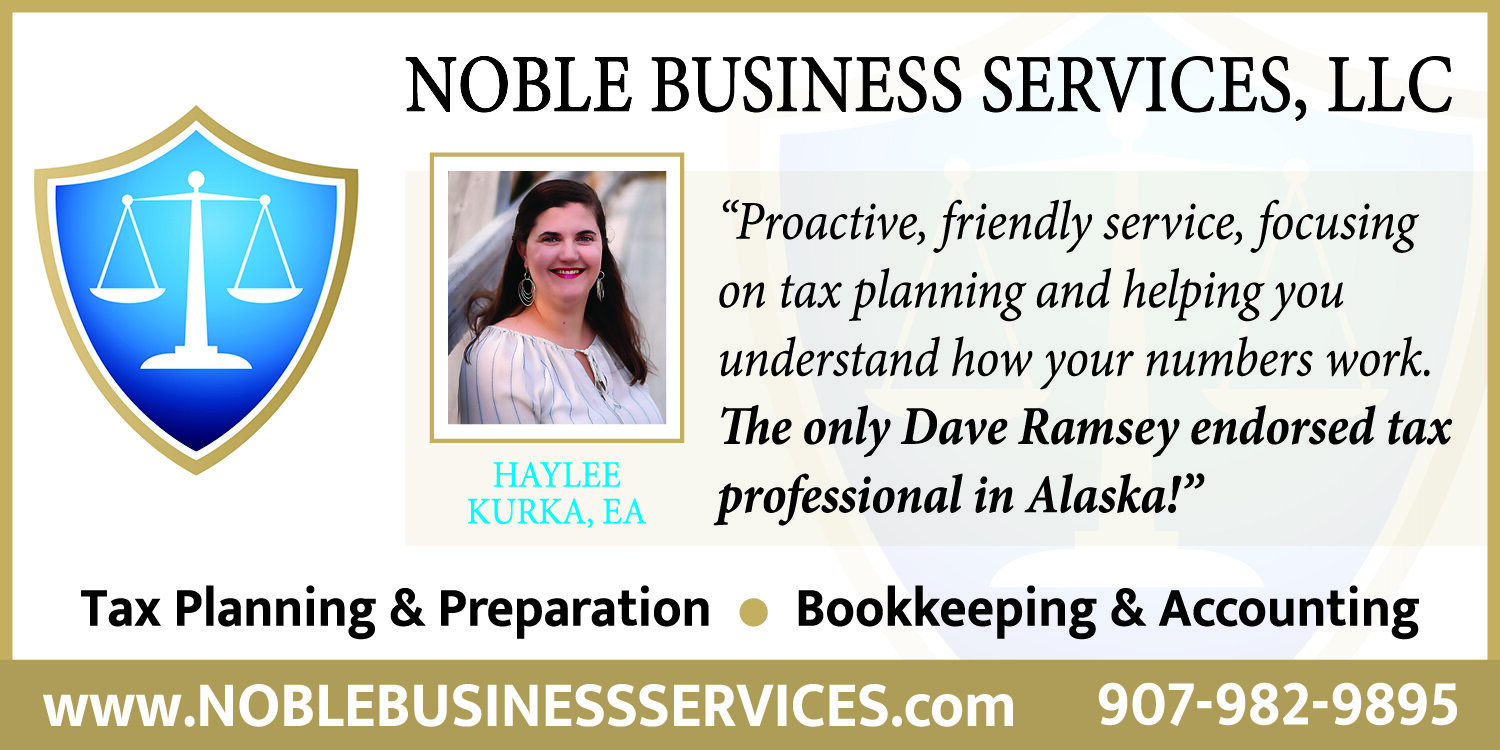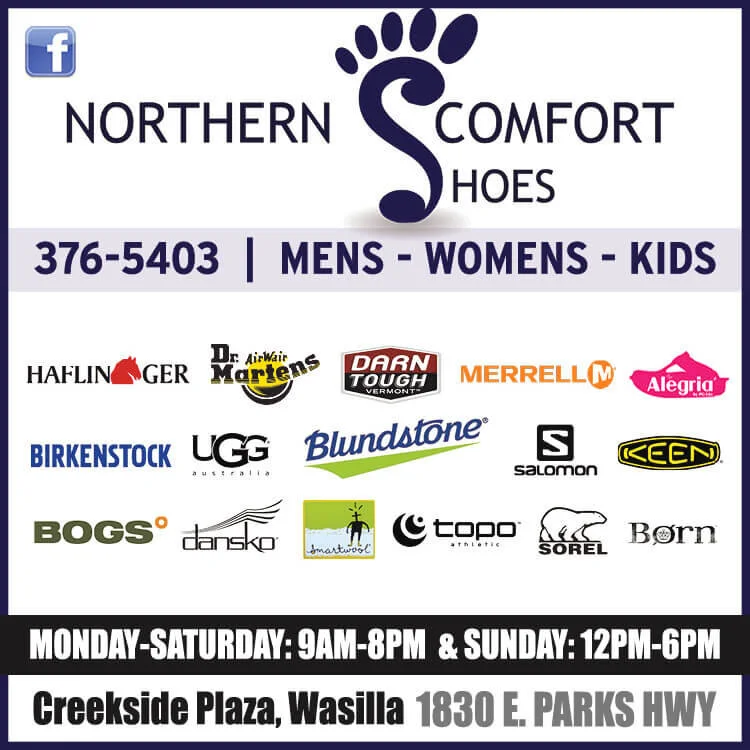Contributed by Sharon Aubrey
Last year there was an interesting trend in the music industry. Physical albums such as vinyl and CDs sold better than digital downloads. In 2017, digital downloads decreased by 25%, according to RIAA (Recording Industry Association of America). Ironically, this is good news for local musicians and bands trying to build audiences and increase sales. Local musicians can compete by selling physical albums through CDs or vinyl records, which can increase brand recognition. As brand recognition increases, more listeners will request your music on digital streaming services. While digital downloads are on the decline, digital streaming subscriptions are the fastest growing sales market in the music industry. But that doesn’t mean that physical albums are a thing of the past, nor does that mean that they can’t serve as a good launching platform for sales.
Hugh McIntyre of Forbes Magazine on March 28, 2018 reported, “People have been saying for a long time that the physical album is done, but that category is responsible for more money coming into the music industry than digital album and song sales combined.” In fact, the 2017 sale of all physical music (CDs and vinyl) totaled over $1.5 billion in the US. Vinyl sales were 15.5 million purchases in 2017. Capitalizing on the value of physical albums in the local marketplace, The Anchorage Museum recently launched a new vinyl record label, Unbound Records. For their first release, nine artists collaborated to create a unique sound of the North, capturing musical sense of place. The museum stated, “in an era of digital music, vinyl still delivers what many people think is unmatched audio quality.”
Unlike digital sales, vinyl and CD sales have a unique attribute that is often underestimated in the music industry revenue calculation. Physical albums have the ability for resale in used marketplace stores, whereas digital music and streaming services cannot be resold. According to Discogs Marketplace, one of the largest online marketplaces for used record sales, the revenue for physical albums doubles industry figures if “used” album sales are also included with “new” album sales. It is estimated over 6 million “used” album sales occurred online in 2017 and that doesn’t count the offline local sales of “used” albums, which is considered to be double the amount of online sales. This means that over 30 million vinyl albums were sold in 2017.
From a musician or band perspective, one might think there is only profit financially from “new” album sales, as they don’t receive a portion of “used” album sales. However, “used” album sales generate new listeners for their music. These new listeners have the potential to greatly increase music streaming and digital download revenues because the musician or band now has an increased target audience. Thus, “used” album sales can boost “new” album sales. Either way we look at it, physical albums have good potential for creating revenue for local musicians.
This year at the State Fair in Palmer, we will be hosting a booth for musicians and bands to sell their physical albums and promote digital sales. The booth has received placement on the Red Trail and is called, the Alaska Books and Music Booth. If you are a musician or band that would like to arrange a two-hour time slot to meet the public and share your music or have your album sold in the booth, please contact us at akbooksandmusic@gmail.com or see our website for additional details: www.akbooksandmusic.com
